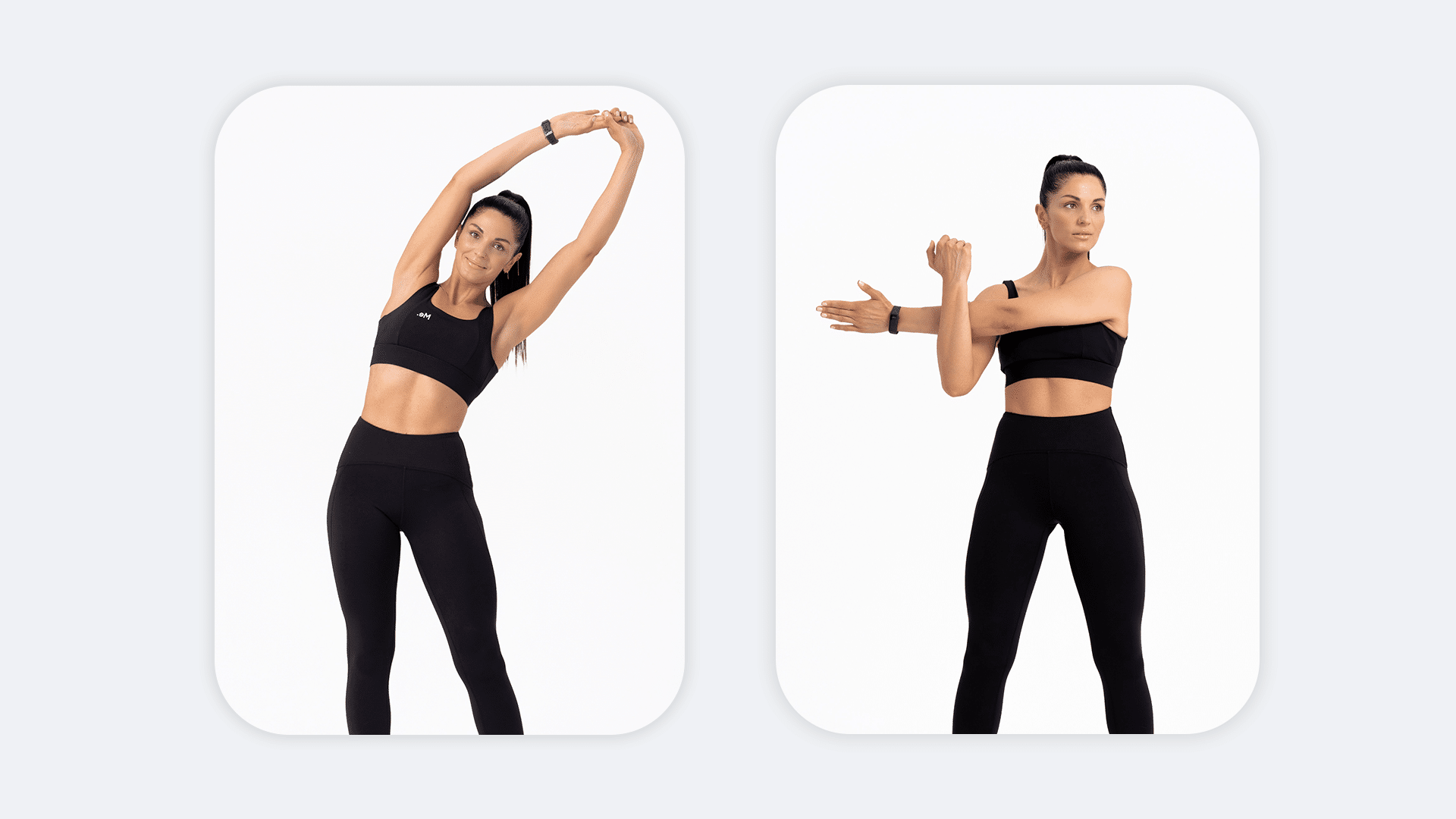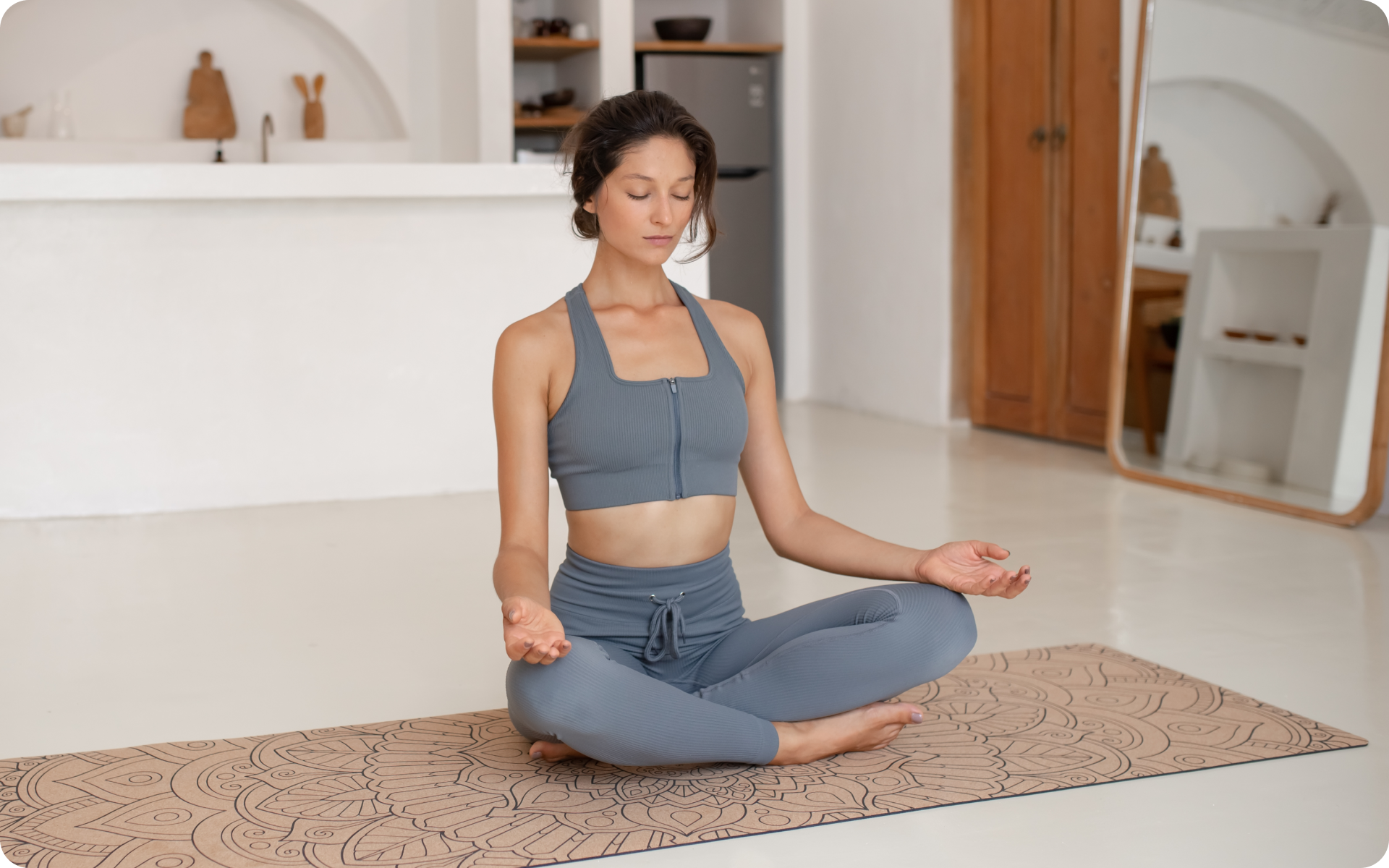Movement is a natural form of expression for humans and even animals. Gestures such as a frown or stomping feet, for example, are used by people to show their displeasure. Similarly, activities such as dancing help people release their pent-up emotions.
More people in medical and psychological fields are discovering the connection between our minds and bodies. Trauma and tension may be stored in the body and letting go of these emotions is essential for ensuring a healthy and happy lifestyle. While being more verbal about your experiences is essential, you should also acknowledge that certain movements can help you overcome negative feelings.
Meditation, yoga, and dance are some movements that should be approached carefully if you want to establish a solid connection between your mind and your body. Regulating the tension and stress can help you determine the root cause of problems and deal with them head-on.
Somatic dance has become quite popular in recent years. The phrase may sound like it’s a technique for pro dancers, but this isn’t the case. Somatic dance therapy is for everyone who can move their body in the basic ways (stand, sit, walk, and lie on the floor). This technique aims to help you reconnect with your body and gain self-confidence. Rather than focusing on your appearance, you should focus on what you feel during the dance.
What is Somatic Healing through Dancing?
Somatic exercises help practitioners understand the link between mind and body (10). Dance Movement Therapy (DMT) is a branch of the somatic psychotherapeutic approach that enables people to express their inner feelings through dance.
Learning under the guidance of a dance movement therapist can help you express yourself in ways words cannot. Sessions can include music, props, instruments, or creative tools to represent your emotions.
Somatic dance training can help you determine what is causing you stress, anxiety, or sadness. (1). This can be useful if you feel very sad and worried, if you’re going through big changes in your life, if you want to figure out who they are, if you feel down, or if you don’t really feel like yourself. Sometimes, you may have physical problems such as pain or trouble getting along with your friends or others in your family.
Healing through somatic dance is possible if you learn the correct form (4). It can help you connect with your inner self and develop skills for managing your emotions. When you learn somatic dance, you can explore and express what you cannot convey through words over time. This can create a sense of safety in your body and increase your feelings of self-compassion, rather than self-pity.
If you wish to reach into the deep crevices of your mind, take yourself out of the mental loop, regain balance, infuse yourself with optimism, and cultivate compassion – BetterMe: Meditation & Sleep app is exactly what you need!
What Are the Types of Somatic Movement Practices?
The following somatic movement practices can be integrated into dance to re-educate our bodies:
Ideokinesis
Ideokinesis can greatly influence the language of teaching and learning dance. This technique has huge support from science. Combining physical practice with mental practice (such as imagining) can improve your physical abilities and strength more than if you just do one of them alone (6).
Brain scans have revealed that when you imagine yourself performing a physical action, the same part of your brain is active as when you do it (12). The advantage of visualization is that it connects your mind and body, so you can plan the right actions without putting any stress or strain on your body.
This type of somatic movement practice is supposed to be goal-oriented. It can be used without visible skeletal movement as a means of modifying balance elements or postural patterns, or it can be used with skeletal movement to fine-tune movement performance.
Body-Mind Centering (BMC)
Body-mind centering is an integrated approach to well-being that can be introduced to somatic dance practices. It is a creative and innovative process integrated with science and experience. This approach involves the use of intentional touch, guided movement, imagery, and vocal expression to create a deeper understanding of how our bodies are connected to the mind as a means of promoting overall physical and mental well-being (3).
This somatic movement approach proposes that every part of the body and physiological process has distinct patterned movement quality. It suggests that when you change the way you move, such as how fast or where you start moving in your body, you can change how you feel and show different kinds of movement through art and expression.
BMC is used in practical settings for dealing with physical and emotional issues. This type of somatic movement practice can help people who are recovering from injuries or chronic pains or those who are trying to improve their mental well-being. Professionals who are trained in somatic movement techniques use hands-on techniques to facilitate healing.
Feldenkrais’s method
Feldenkrais’s method is different from the typical stretching and strengthening exercises. It works to release muscular tension and improves active posture with constructed movement lessons.
This domain of somatic movement includes more than 1,000 lessons that were created by Moshe Feldenkrais (11). The majority of these lessons were designed to provide a release from tired back muscles and hamstrings. Lessons in this movement practice can enhance stability and mobility. At the same time, they can help a dancer relieve chronic pain.
The practice will be guided and involve gentle movements in certain positions, such as lying down or sitting on a chair(9). Essentially, this method uses sensitivity to bring change. People should be sensitive and self-aware of their actions, feelings, and sensations in order to create change.
In addition, you may encounter several other types of somatic movement practices integrated into dance. Each category has its own rules and techniques, but they all share the same focus on the body’s experience and its integration with movement and expressions.
Read more: Somatic Yoga: A Journey to Self Discovery
What is an Example of a Technique of Somatic Dance?
You may find several names when you’re looking for somatic dance examples. Different dancing types can help people relieve their physical and emotional troubles.
One example of a technique that is used in somatic dance practice is Mirroring. This kind of dancing allows practitioners to explore and express their inner thoughts and physical sensations through movements. Mirroring is a common technique that is used in dance therapy to build nonverbal connections. The therapist mirrors the client’s movements and creates a sense of trust and meaningful connection.
This practice is designed to enhance self-awareness and emotional expression. It develops a connection between the mind and body, which is a valuable tool for dancers who want to tap into their emotions and creativity (5).
Another example of a technique that is used in somatic dance practice is Contact Improvisation. This partner-based dance creates a physical or sensory connection between both dancers. It encourages spontaneity, trust, and responsiveness between dancers. It also promotes a heightened awareness of your own body and the bodies of others.
This makes it a dynamic and interactive somatic practice that fosters collaboration, creativity, and a deep understanding of movement through physical interaction.
If you’ve dipped your toes in meditation before but couldn’t sit through a session because of all the thoughts buzzing in your head, impulses snatching away control or all the overwhelming feelings that start bubbling up the minute you sink into the silence, it’s only because you didn’t have the right guidance. Start using BetterMe: Meditation & Sleep app and watch your life transform!
How Do You Release Trauma through Dance?
Dancing works wonders in therapy and supports emotional release. It allows practitioners to discharge their feelings through movements. Dance/Movement Therapy as a somatic-based intervention has been found to address trauma-related symptoms (7). Somatic release can be a healing process. Below is a brief exercise that you can try at home:
- Find a safe space.
- Place your feet firmly on the ground and stand tall.
- Close your eyes and imagine yourself as a tree. Use your arms as branches and your feet as roots connected to the earth.
- Imagine a soft breeze blowing against you and start with gentle movements as your branches sway and leaves flutter against the breeze.
- Pay attention to your sensations without any judgment.
- Reflect and rest.
You should approach dance with an open mind, patience, and self-compassion. Therefore, you should take it easy and not compare your journey with others. Don’t hesitate to seek professional help if required.
FAQs
What does somatic mean in dance?
In dance, somatic refers to a holistic approach to movement that integrates the body and mind. Somatic practices in dance work on developing a deep awareness of bodily sensations. These practices include elements of body awareness and mindfulness.
What are somatic art activities?
Somatic art activities use movement, mindfulness, and art-making to help a person heal. They can include drawing, painting, claywork, and collage.
Where is trauma stored in the body?
Trauma isn’t stuck in your muscles or bones in a physical sense. It is an emotional response to experiencing a traumatic event and is stored as memories in your brain’s emotional areas, such as the hippocampus and amygdala. When something reminds you of this traumatic event, your body reacts as if there’s danger, like a built-in alarm system.
Does somatics really work?
If you do somatic movements regularly, you may notice that your body becomes better at standing up straight, becomes more flexible, moves further, and stays steady. Somatic stretching exercises can also make your brain and body work together better, helping you take care of your health in general.
The Bottom Line
Somatic dance helps people connect with themselves and discover their strengths. Sometimes, you may feel as if your pain is too deep or you may be overwhelmed with life. This is when therapies such as somatic dance can help you overcome issues. It can lead you to a new chapter of your life that can be as beautiful and happy as you want it to be.
We may be unaware that our memories can sometimes affect our movements and gestures. However, the more we try to connect with the feelings in our bodies, the more we can observe how our thoughts and emotions impact our physical performance. Somatic dancing is a remarkable way of letting go of your past and embracing a better, happier version of yourself!
DISCLAIMER:
This article is intended for general informational purposes only and does not serve to address individual circumstances. It is not a substitute for professional advice or help and should not be relied on for making any kind of decision-making. Any action taken as a direct or indirect result of the information in this article is entirely at your own risk and is your sole responsibility.
BetterMe, its content staff, and its medical advisors accept no responsibility for inaccuracies, errors, misstatements, inconsistencies, or omissions and specifically disclaim any liability, loss or risk, personal, professional or otherwise, which may be incurred as a consequence, directly or indirectly, of the use and/or application of any content.
You should always seek the advice of your physician or other qualified health provider with any questions you may have regarding a medical condition or your specific situation. Never disregard professional medical advice or delay seeking it because of BetterMe content. If you suspect or think you may have a medical emergency, call your doctor.
SOURCES
- All About Somatic Therapy (2021, psychcentral.com)
- Authentic Movement (n.d., goodtherapy.org)
- Body-Mind Centering® as a somatic approach to dance education (n.d., inclusivedance.eu)
- Dance / Movement Therapy (DMT): Benefits and Barriers (2023, healthline.com)
- Dance Therapy: 4 Best Techniques for Healing With Rhythm (2023, positivepsychology.com)
- Ideokinetic Imagery as a Postural Development Technique (2013, tandfonline.com)
- Impact of dance therapy on adults with psychological trauma: a systematic review (2023, ncbi.nlm.nih.gov)
- Effects of Mental Imagery on Muscular Strength in Healthy and Patient Participants: A Systematic Review (2016, ncbi.nlm.nih.gov)
- Feldenkrais Method (n.d., goodtherapy.org)
- Somatic Therapy: Understanding The Mind-Body Connection (2023, sandstonecare.com)
- What Is the Feldenkrais Method? A Detailed Scientific Guide to This Type of Somatic Movement (2023, everydayhealth.com)
- Your brain on imagination: It’s a lot like reality, study shows (2018, sciencedaily.com)










